March 17, 2019
Martha O'Kennon
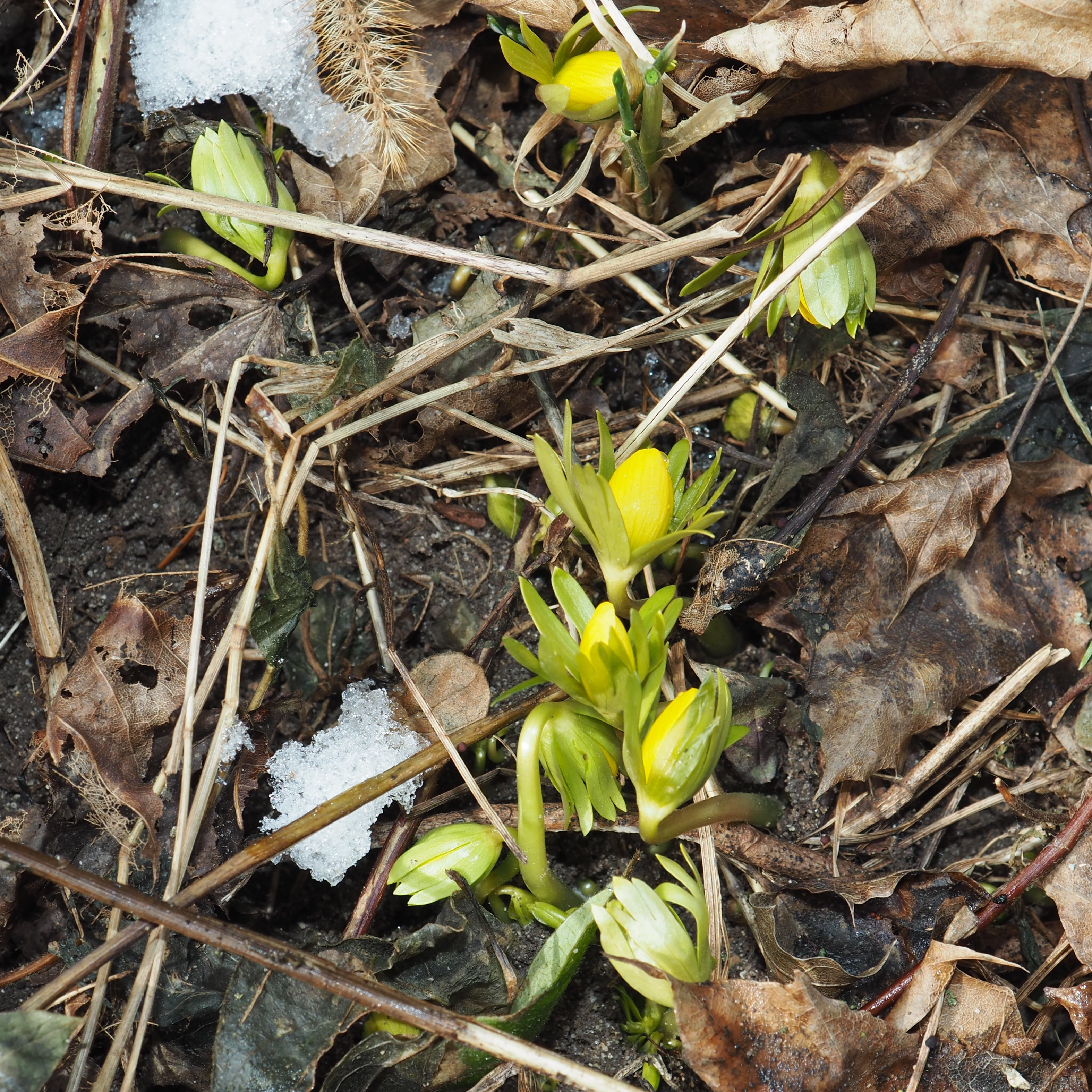

The temperature slowly crept up to 60 two days ago, and then after a furious wind and water storm (in which you could see the rain being blown in at least two directions at the same time, leading one to suspect that there was a bit of cyclonic effect), hasn't really warmed back up again, though the pond is still unfrozen. Here we have the best expanse of winter aconites last week, and then this week. A lot can happen in just a few days.
Remember that there is information in the name of the file for each image. You can see it by mousing over the image - look at the lower left of the screen. Or you can click on the image to get to the (usually) larger image. Then the info is displayed in the address line above. Sometimes the second click will actually display a different view of the original image.
Remember last week, when we got so excited to see even a dead ant. Well, this week we bagged out first real one of the season. Here are three views of one that I learned from an ant expert, @stevenw12339, was a Smaller Carpenter Ant. He says the shininess is a clue.
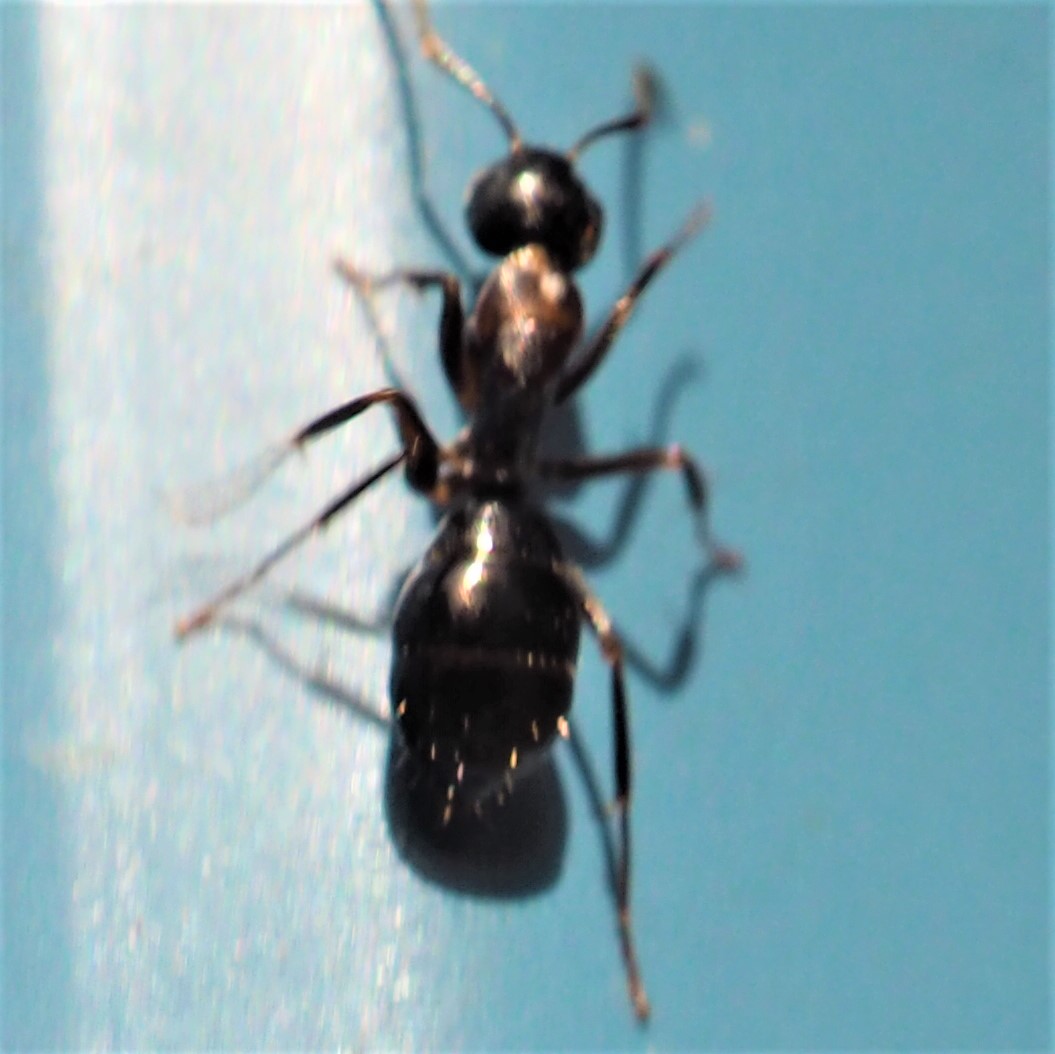
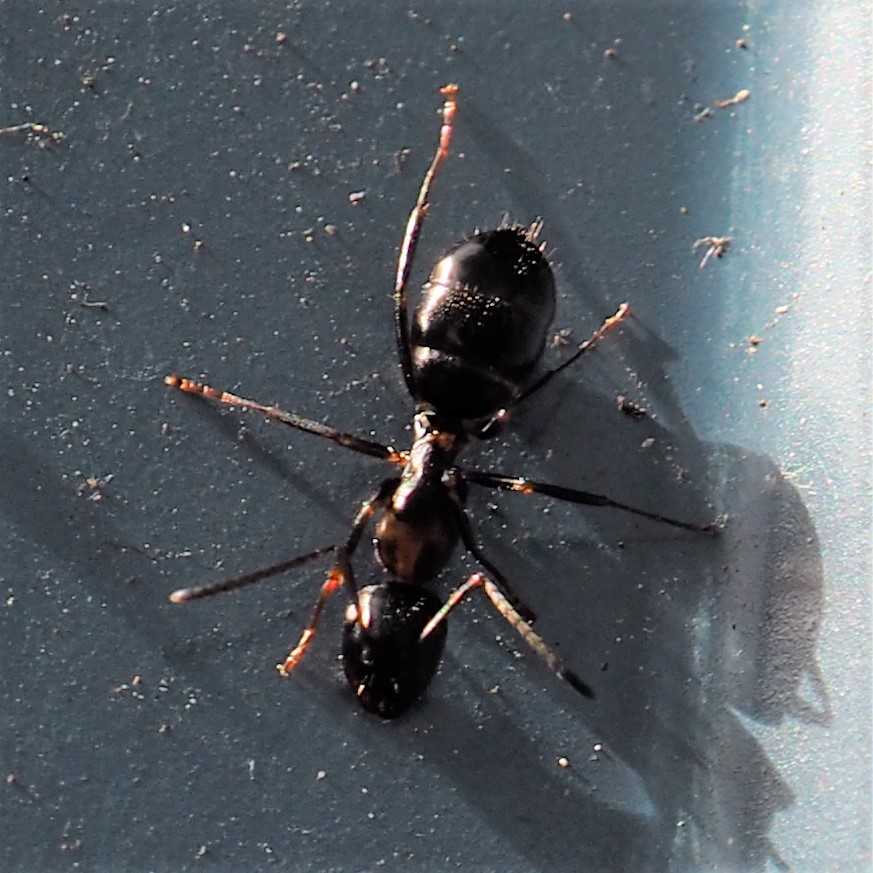
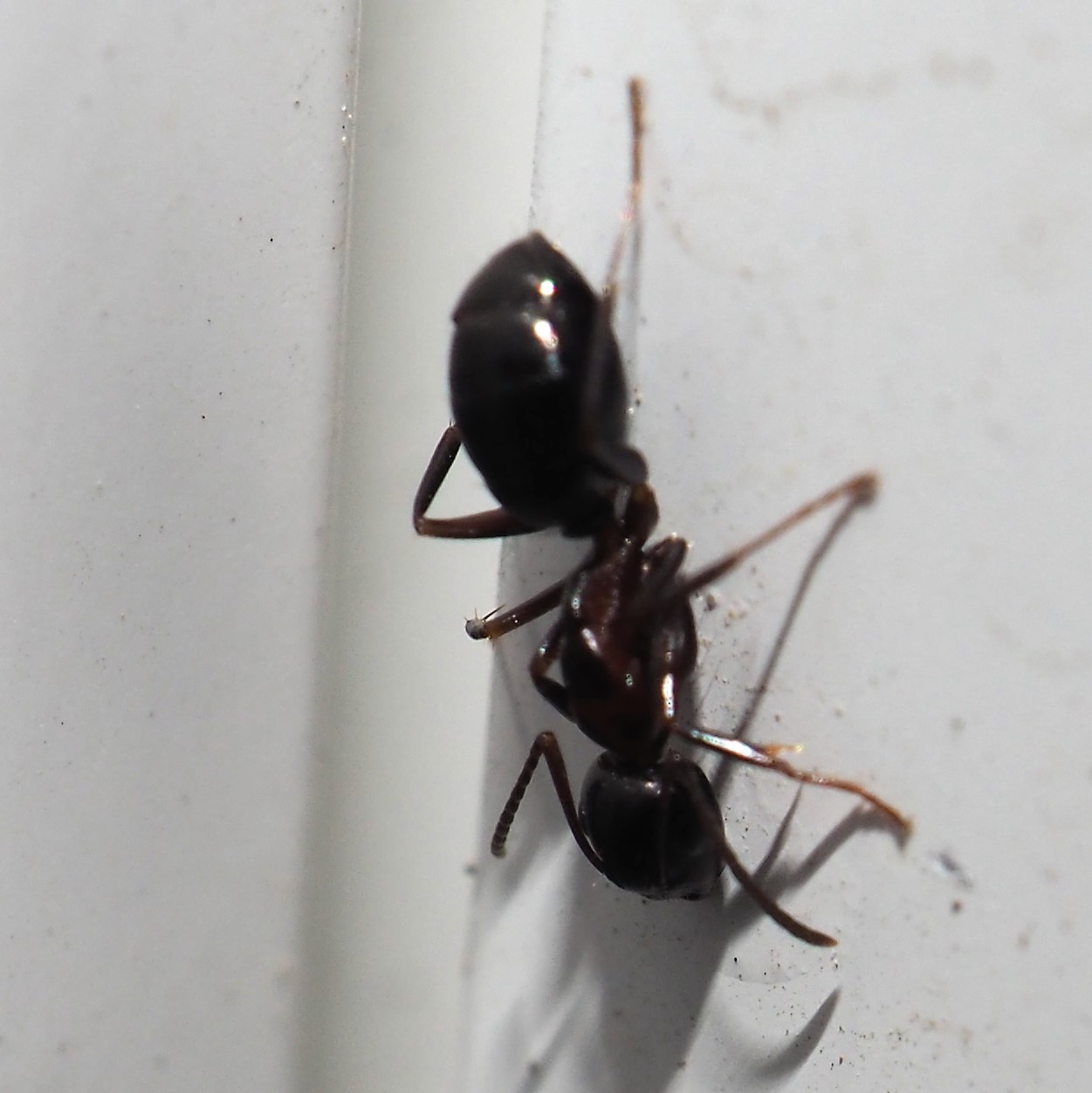
We had just enough beetles to fill a row: One brown and bright rusty red, one blackish brown and shiny, and a black Weevil with what looks a bit metallic but nobody can identify yet.


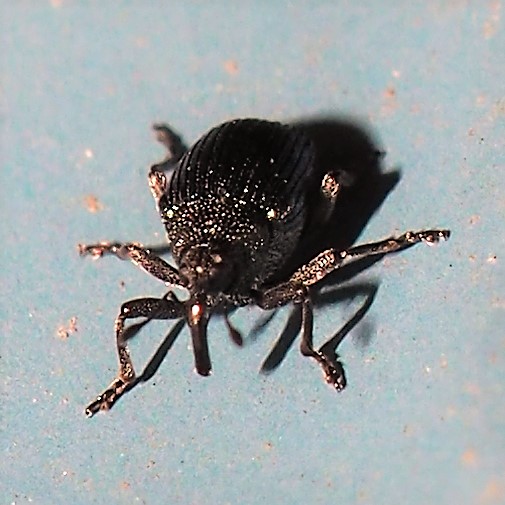
Yesterday we had quite a display of midges, mostly all the same species. These are non-biting midges so even though they look a little like tiny mosquitos, they mean us no harm. This pair were hiding underneath a lawn chair mating. They seem a bit bigger than the usual ones we have been seeing, and a bit darker. Next is one that seems darker than the usual but the strange sun made his wings iridesce purply. The red parasite on what might be its neck actually looks pretty with the wing colors. Sorry. Third is something I've never noticed before: Is it a midge, a gnat, or a gall midge? I can't tell, but one like it has another of those red parasites.
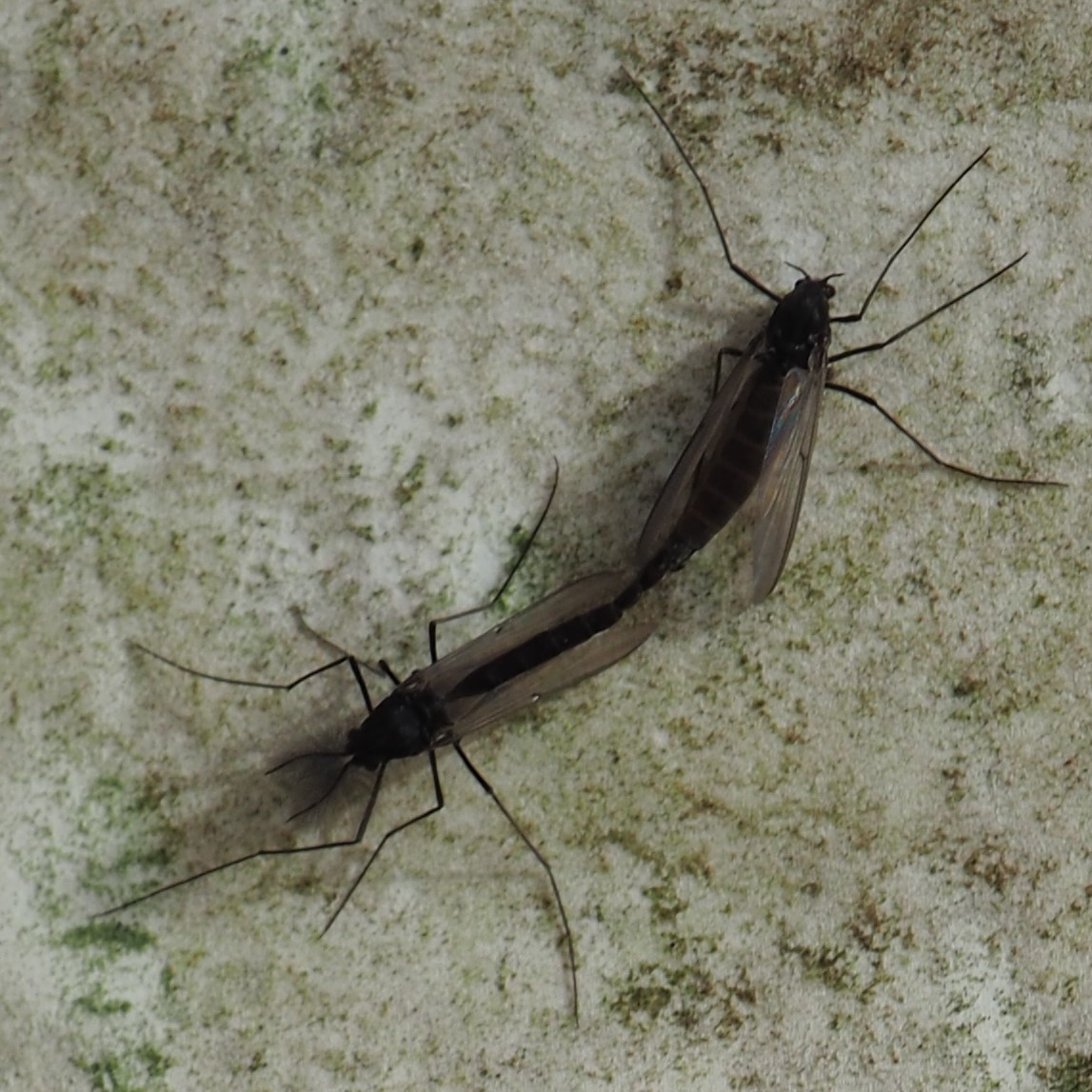
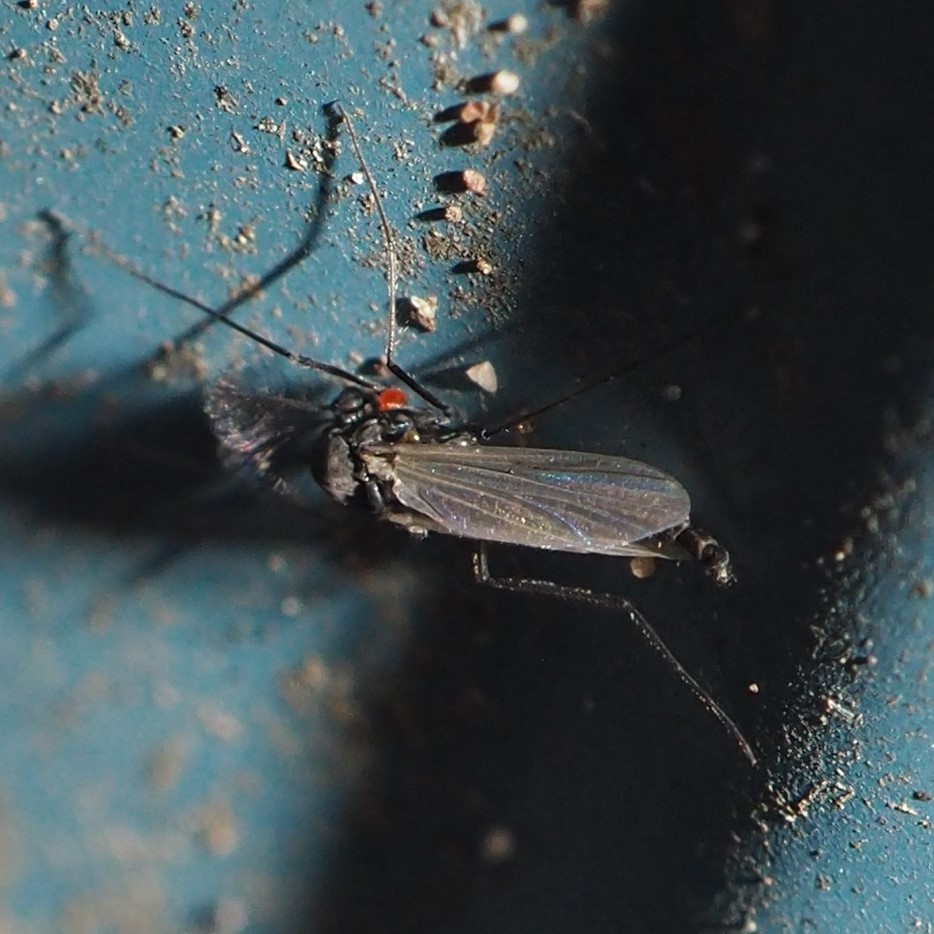
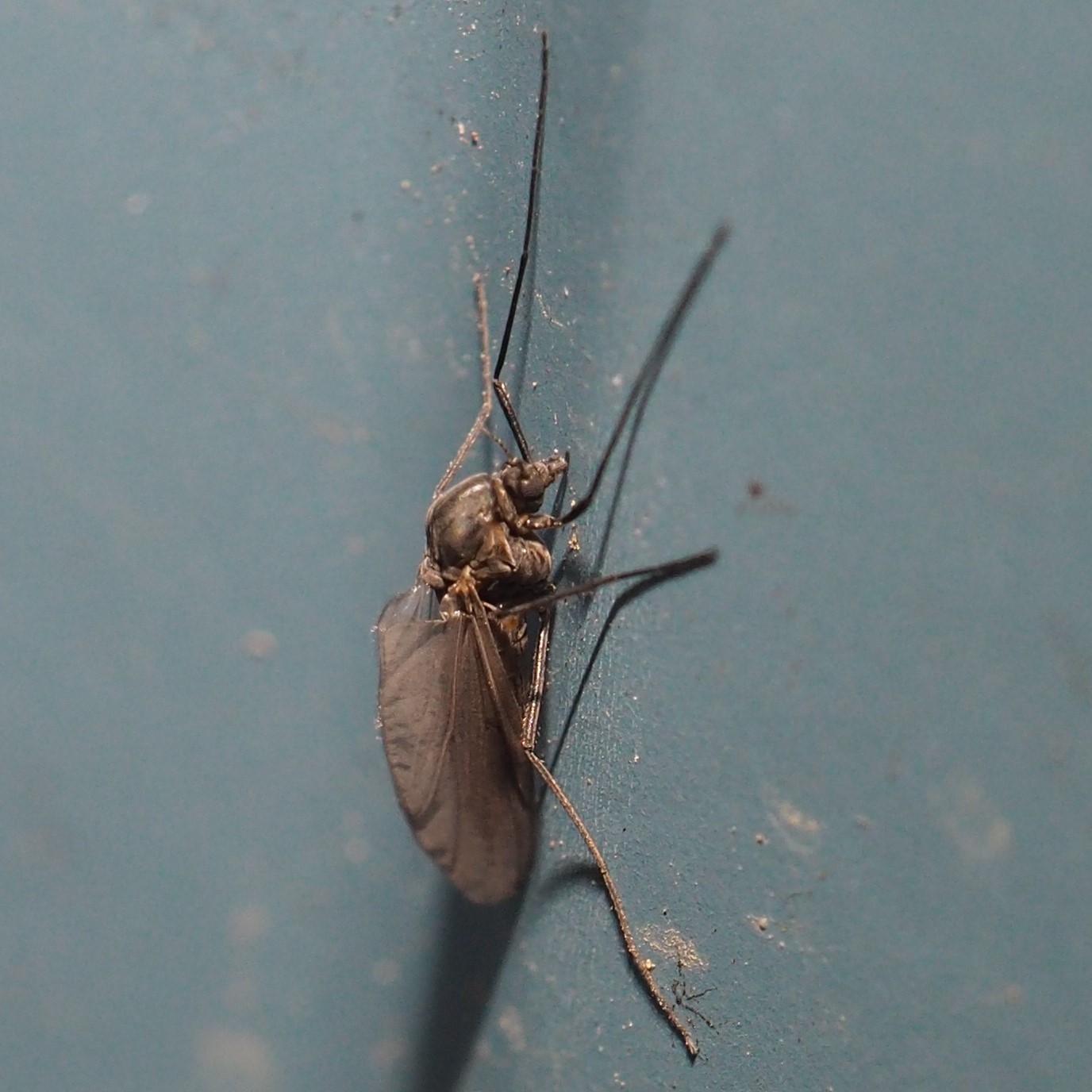
I thought you might like to see the Spring Garden flowers beginning to perk up after a LONG winter's sleep. Here is one of many clusters of Grape Hyacinths sprawled on the ground. Their leaves actually come out under the snow and are ready and waiting when spring finally starts to come around. Next is a clump of mauve primroses just starting to swell up a bit. This patch will be the first of many primroses to bloom. Third is a montage (swell word, right) showing my snowdrops on the 15th, and when you click it, my neighbors' patch appears on the 13th, still ahead in number and maturity.
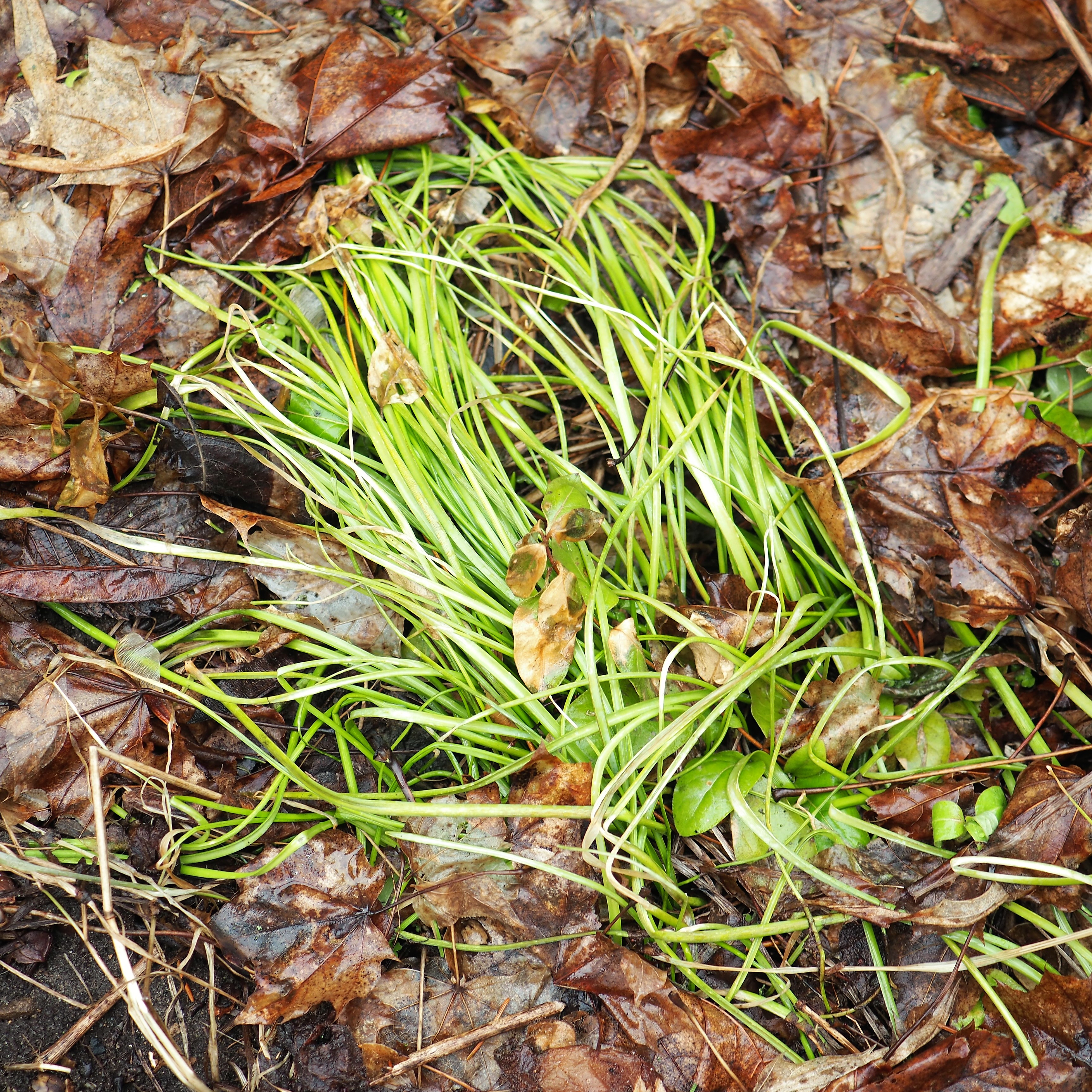
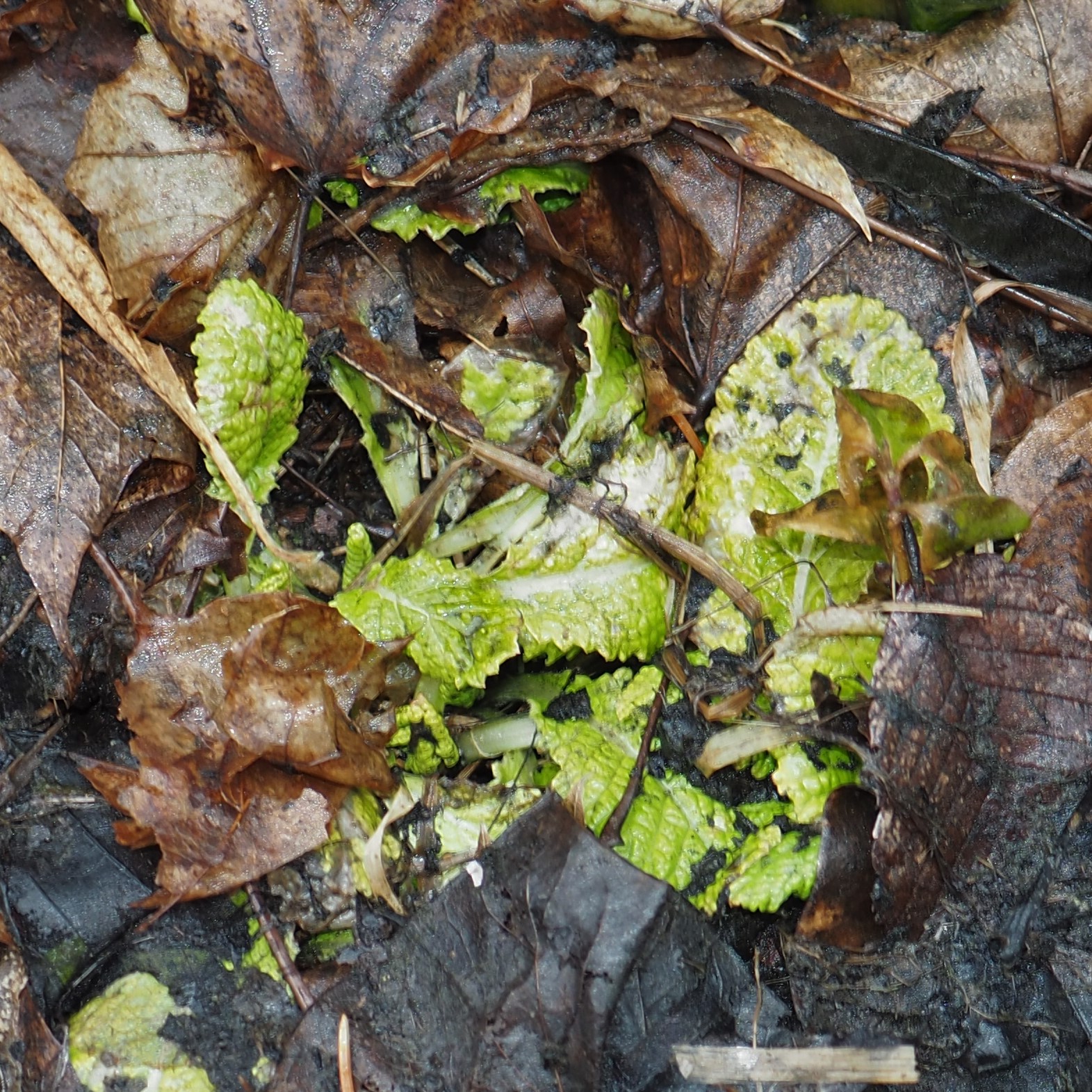
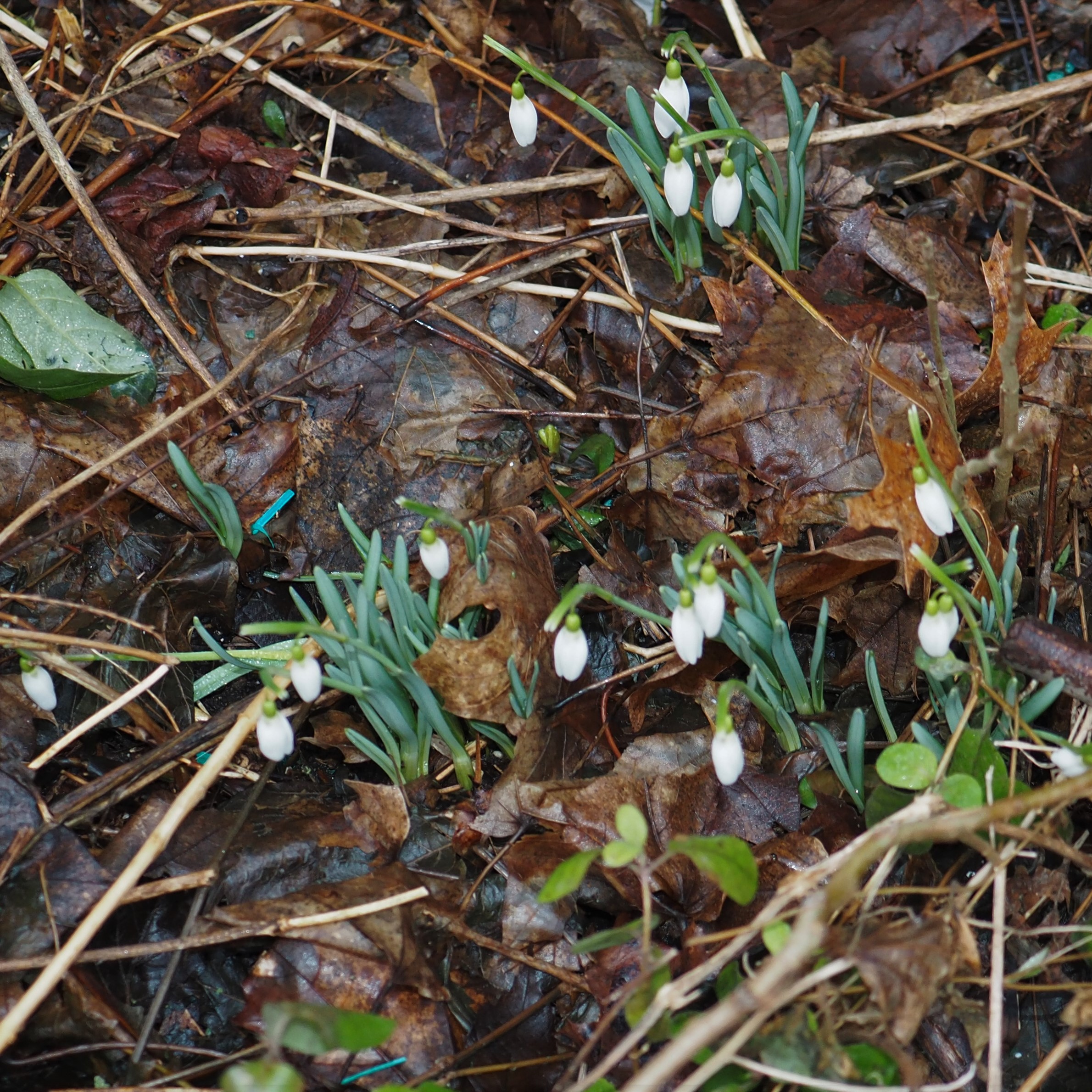
We had quite a few spiders. Too bad they are so similar to each other it is hard to find a species. All I can say is, we had some with long and pointy abdomens, some with round butts,
This first one is in the genus Grammonota, one of the Sheetweb and Dwarf Weavers Family (Linyphiidae), identified by my friend @tigerbb (and I now agree, Rebecca). And I agree on the next one too, Rachel and Matt. It's a Grammanota too, even though I see it as having a real round butt, I'll switch to quadrifocals soon. Must be astigmatism. Third is probably in the genus Theridion.
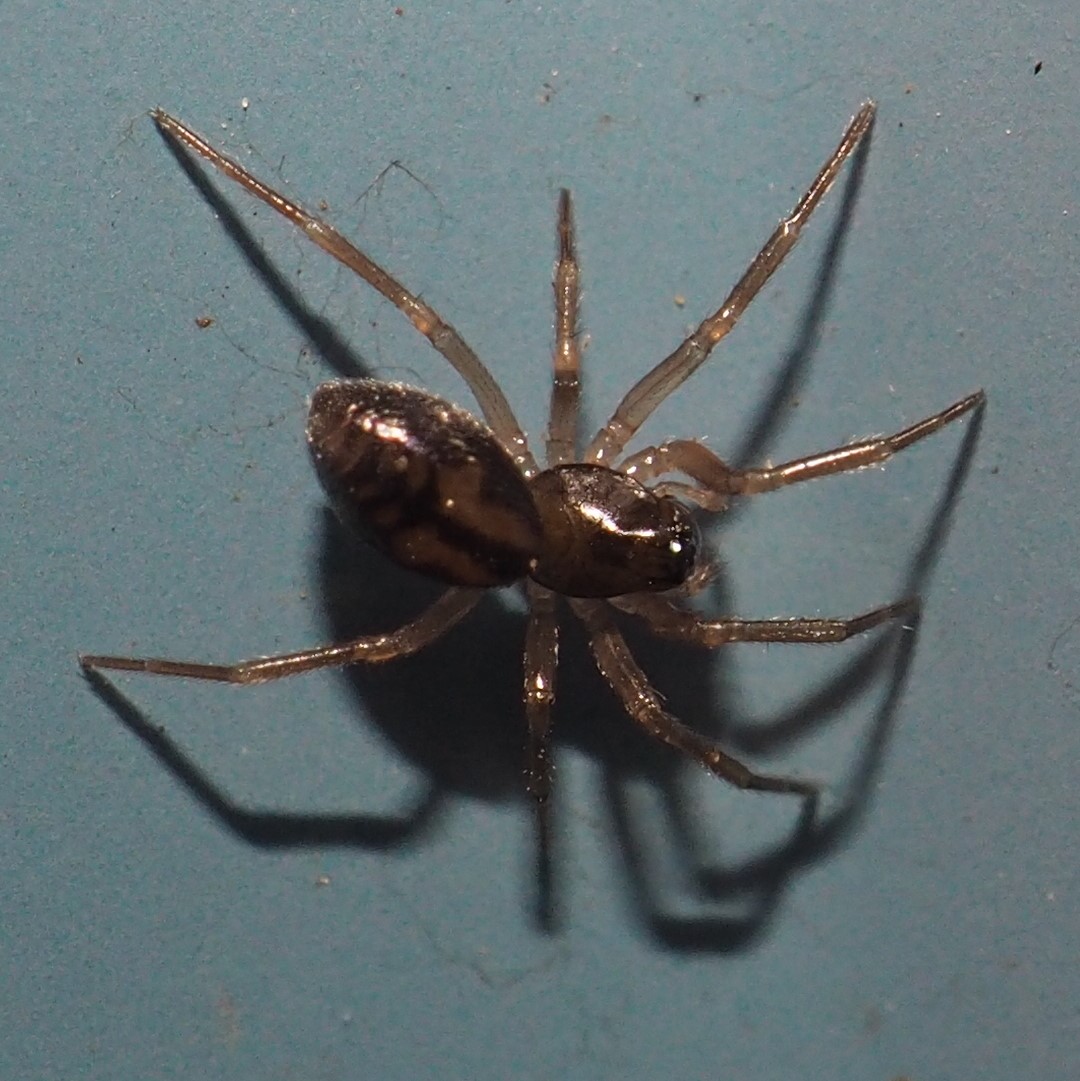

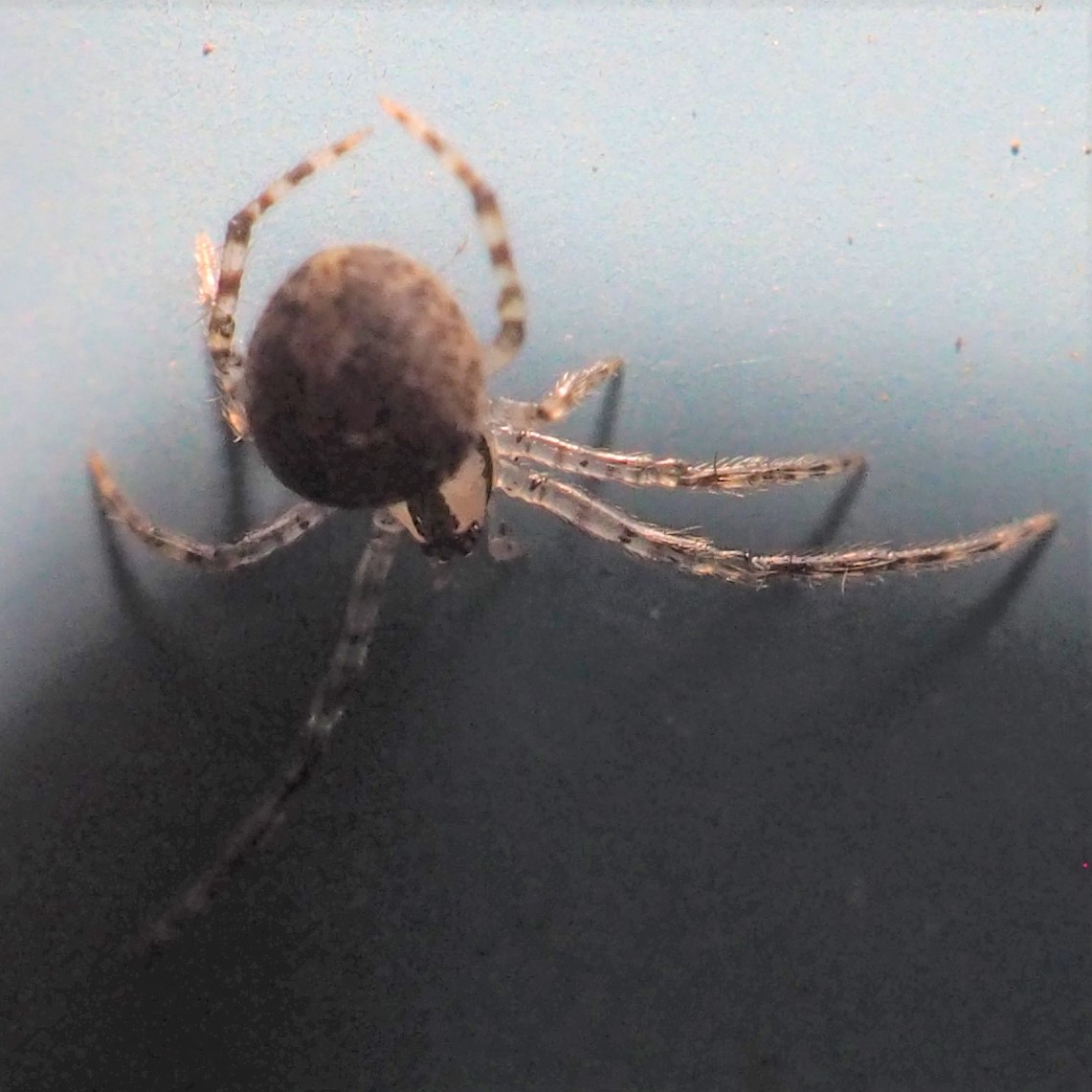
OK, those were the hard ones - but here come some pretty ones. This first gorgeous red one is another of those sheetweb family guys, but may even be a Black-tailed Red Sheetweaver. I'm still holding out on that, but will probably cave soon. Second is one that is easy to mistake for a Ground Crab Spider. Remember, mathematicians, that is not Ground (Crab Spider) if "ground" is an adjective and doesn't refer to where it likes to be, or (Ground Crab) Spider, however yummy that might be. This proves the non-associativity of nomenclature. It's actually called genus Bassanania. Third is a Running Crab Spider, which I think means Running (Crab Spider). They really can run.

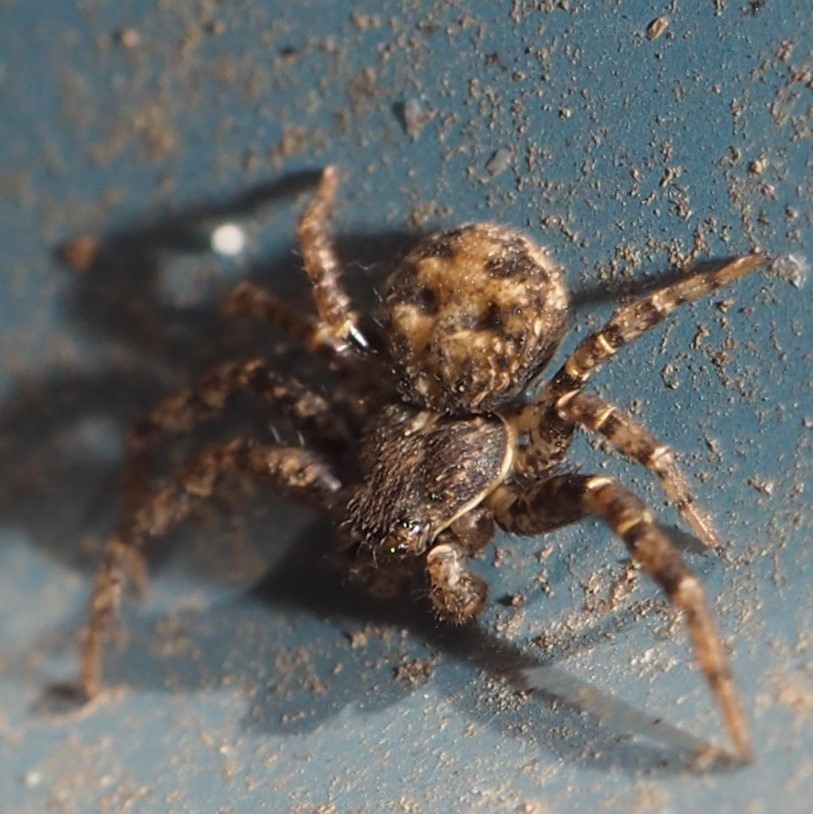

I like this next spider so much, it gets three frames. It is a Green Long-jawed Spider, and it is the one that I have never seen except in winter or very early spring. It has been 2017 since I've seen it. The theory is that it lives in the Blue Spruce that hangs over the shop, and sometimes comes down to forage. Isn't it just glorious?

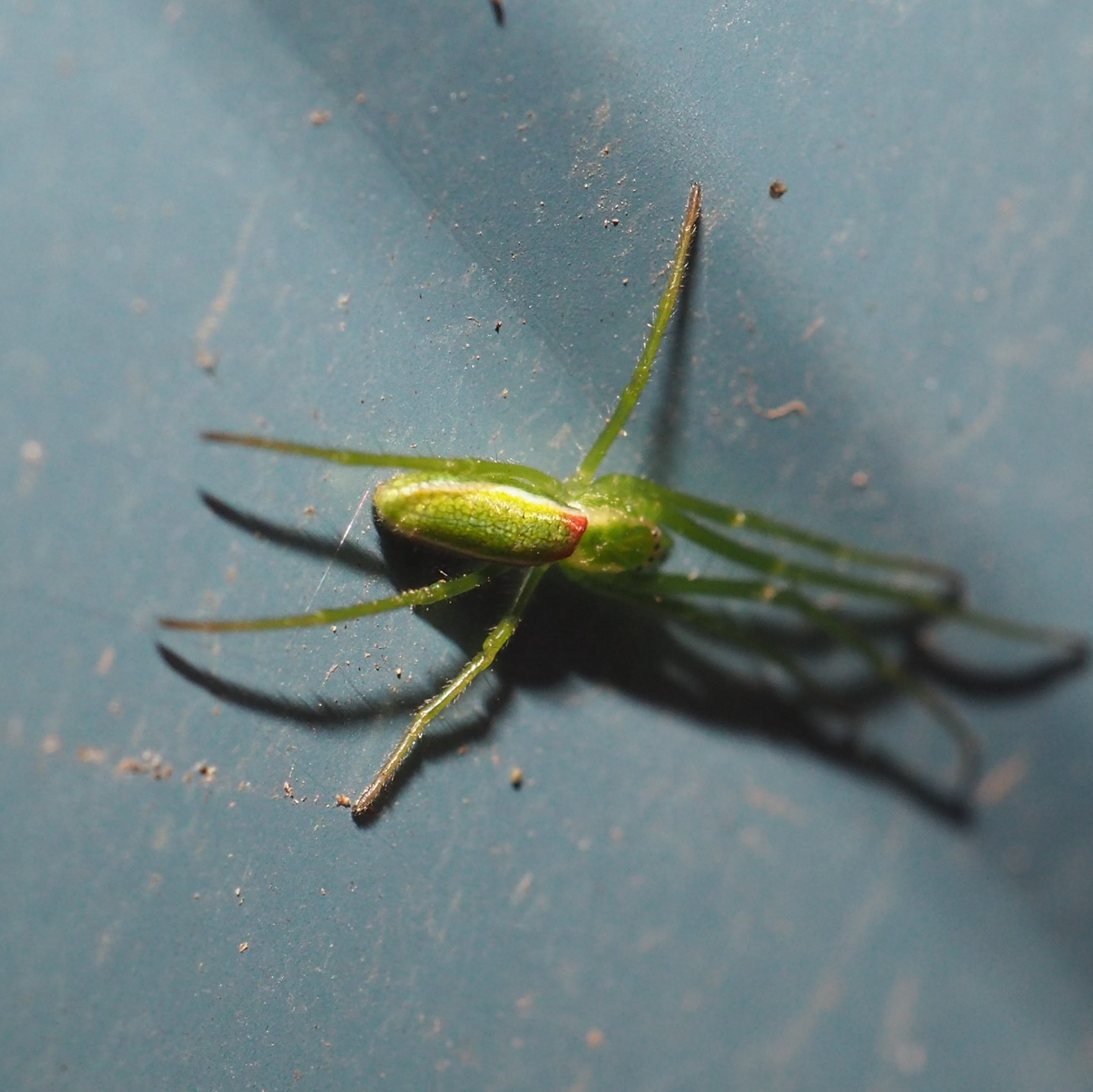
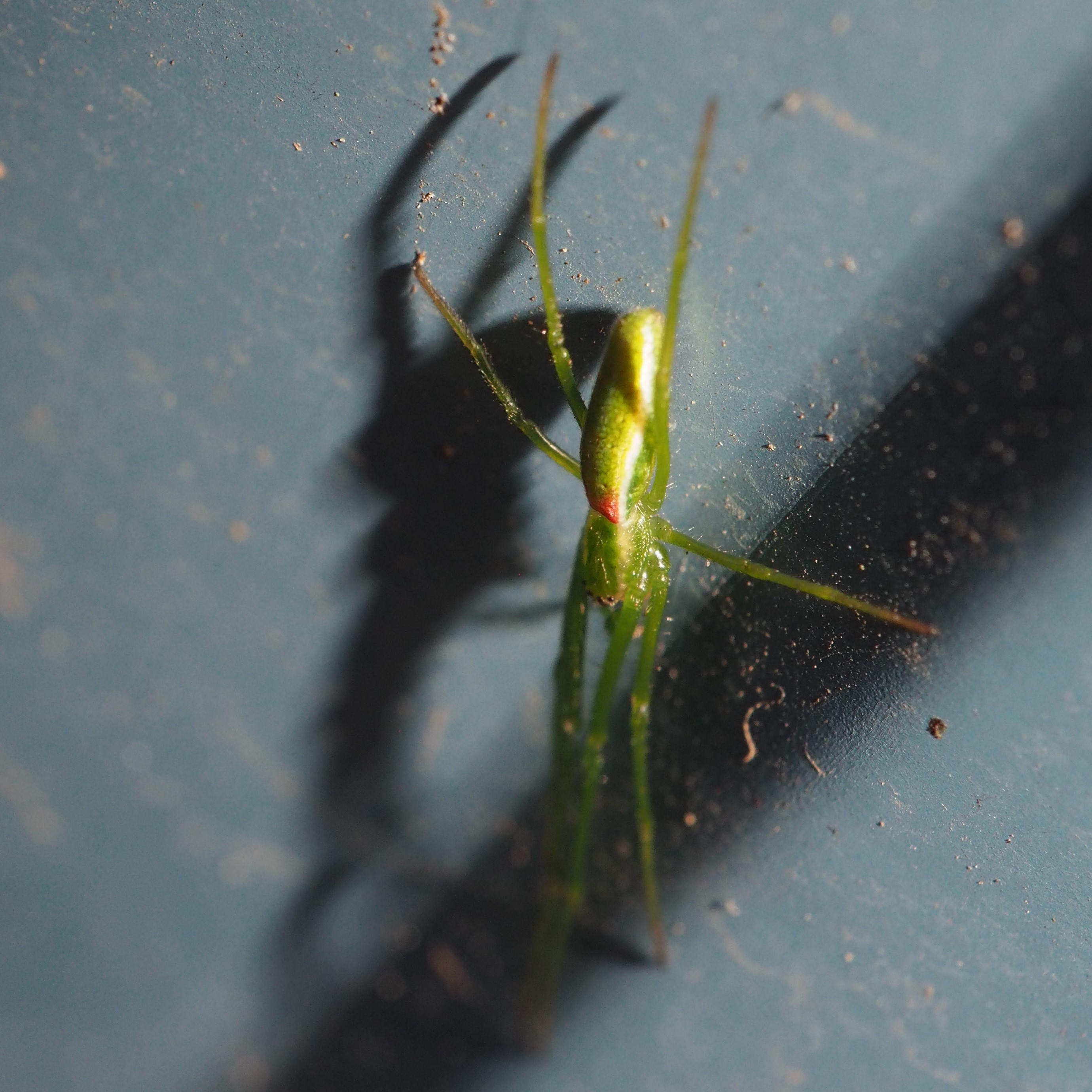
You knew I would have to come back to the snowdrops, didn't you? Especially while I was telling you that already in February of last year that we'd seen a honeybee on winter aconite. Well, I saw my first patch of snowdrops (my neighbors') a couple of days ago, and with honey bees on several. This first one is almost invisible - the flower hangs down and so the bee is underneath the flower. The next ones are above hanging down. The honey bee is, by the way, a Western Honey Bee.
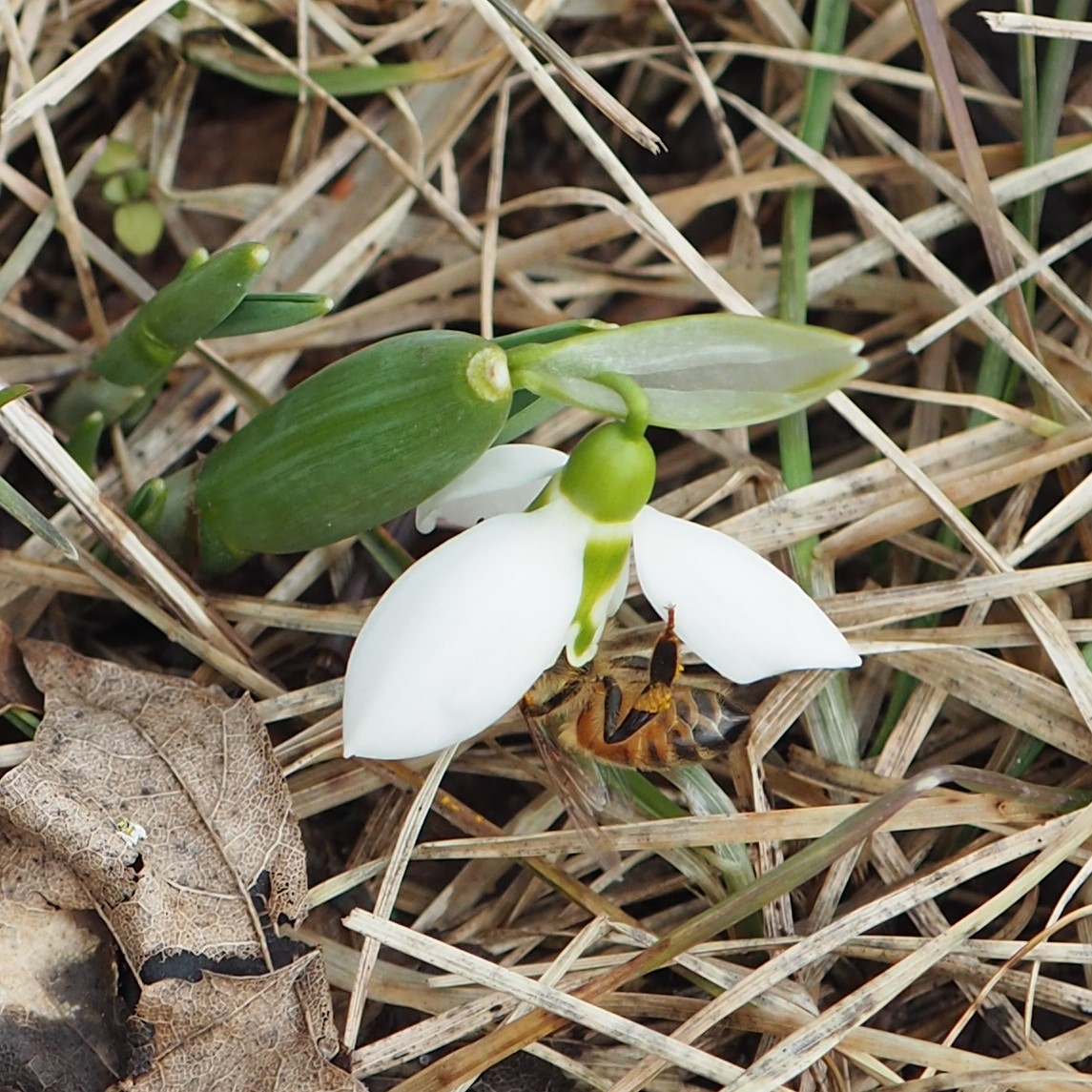
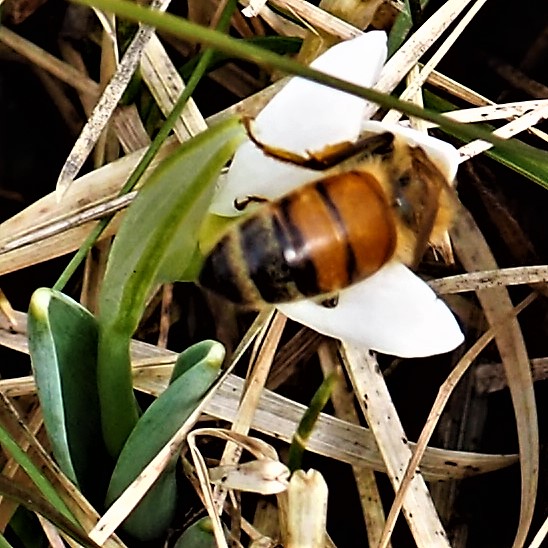

The fishes still like to gather under the little floating heater. Here they are swimming around it. The green background is the reflection of the house in the water. Next they are swimming in the trees. Too bad it was so overcast that day. Third is one of my favorite fish, Bunky the Shubunkin, a lovely goldfish with unusual amounts of beautiful blue.
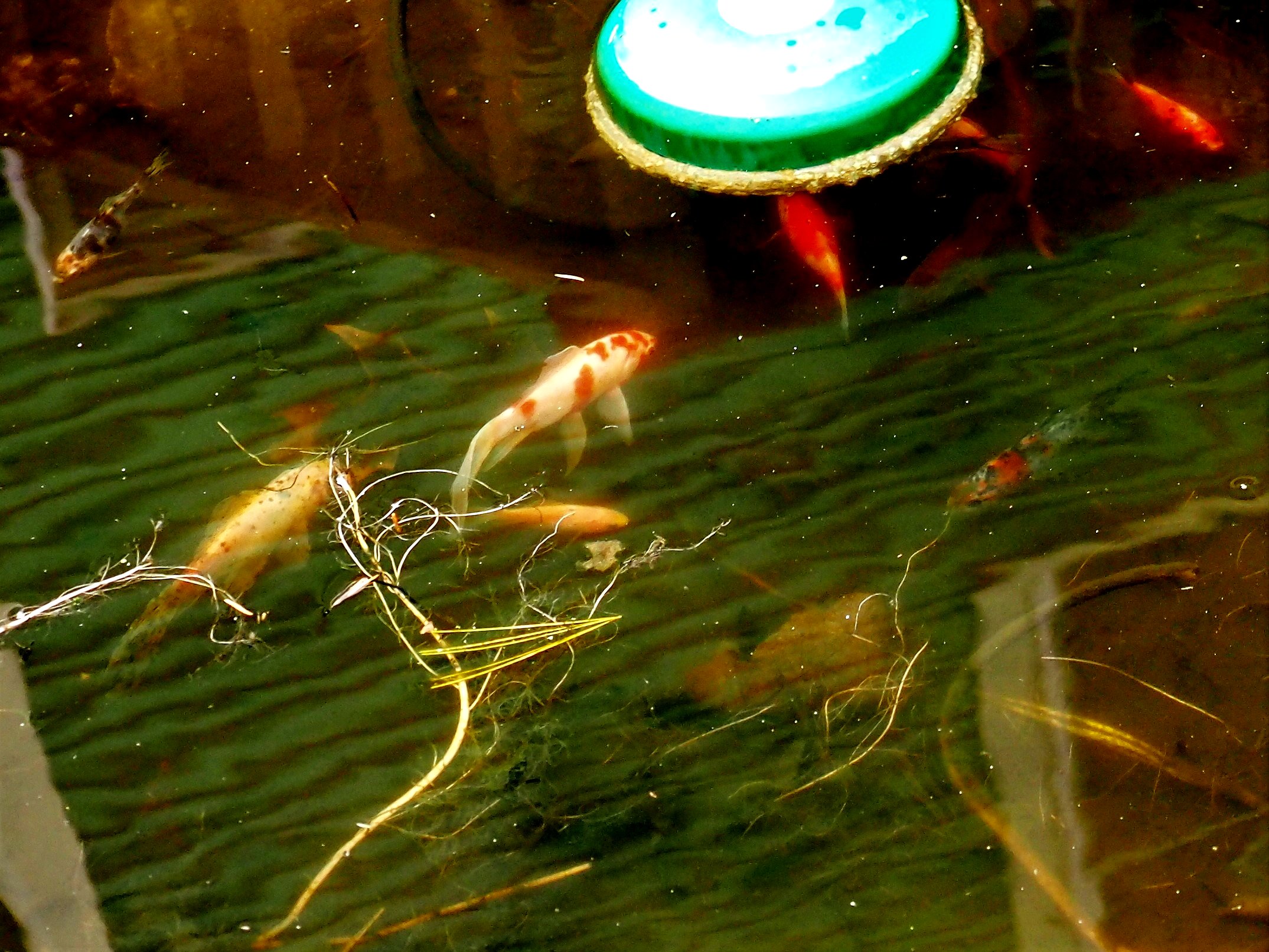
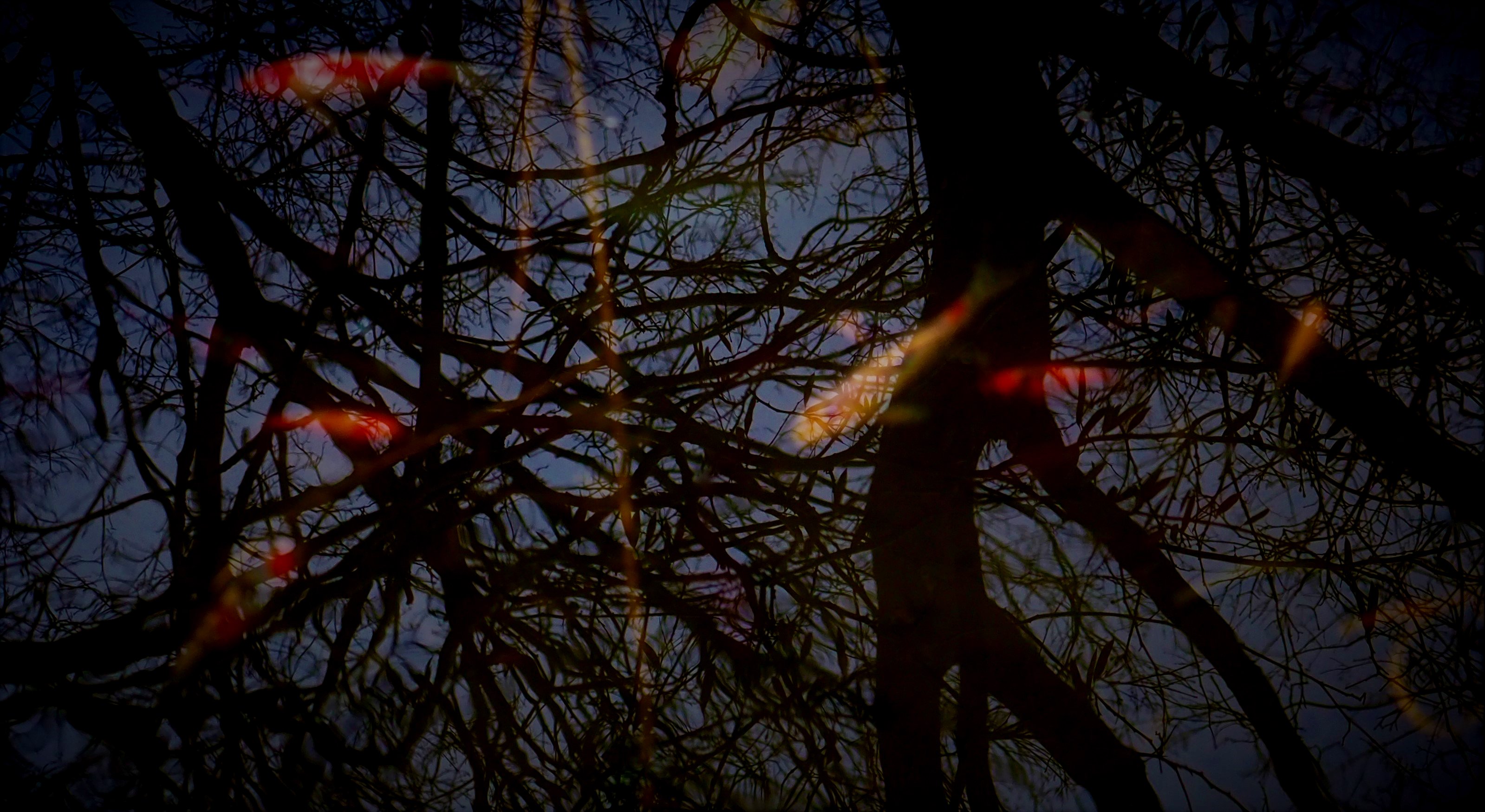
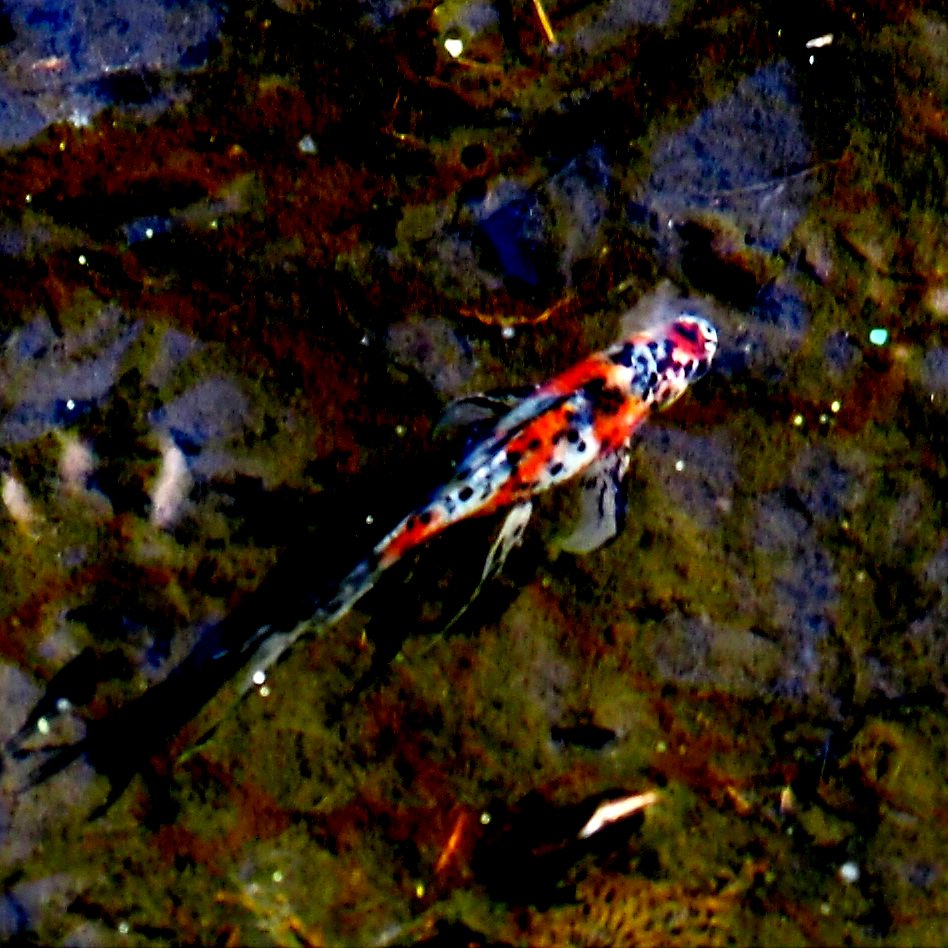
Here is a newish gif of swimming fishes this week. Again, it was not particularly sunny but they are pretty.
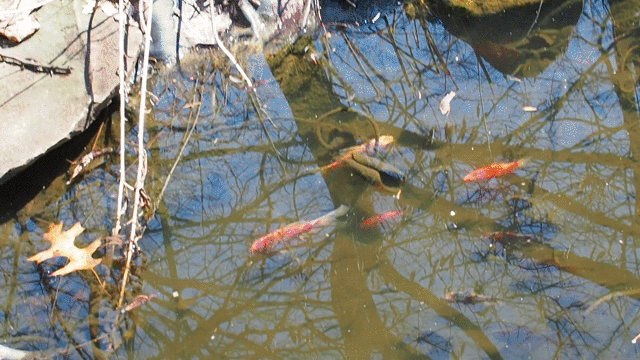
I can't believe how much action is taking place in the warming phases of the season. I hope you also have much to admire and absorb. Keep well, everyone!
Love, Martha
Back to March 10, 2019
Forward to March 24, 2019
Back to main menu
copyright Martha O'Kennon 2019































